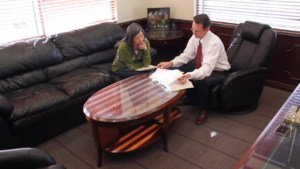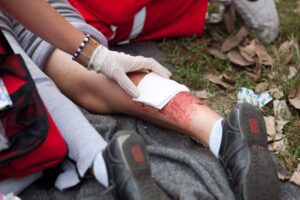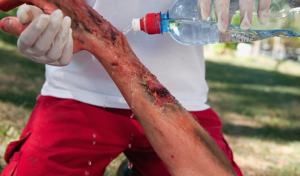Firework Safety For Fourth of July 2025
With the Fourth of July upon us, it is important for everyone to prioritize firework safety. According to the United States Consumer Product Safety Commission stated that, “In 2024, there
With the Fourth of July upon us, it is important for everyone to prioritize firework safety. According to the United States Consumer Product Safety Commission stated that, “In 2024, there
What is a Gas Leak? Gas leaks can occur anywhere, and they can be dangerous. According to Energy Savings.com, they can occur when something is “incorrectly fitted, poorly maintained, or

Unfortunately, traumatic events, like car accidents and dog bites, happen every day. They can’t be escaped, and since we often have our children with us, they are involved in these

After you have been in an accident or been injured, you will want to set up an appointment with an attorney. If you have not been to a consultation with

There’s a lot to prove in a burn injury lawsuit, including how severe your burn is, how much of your body is burned, and the depth of the burn.

If you’ve burned yourself, here are some steps to take to heal from your burn injury. Properly caring for the wounded area will help it heal more quickly and minimize

Common injuries include cuts, bruises, broken bones, and fractures – so what exactly is a burn injury? Anyone can be burned, but some people are more susceptible to burns than
UTAH INJURY LAWYERS
Flickinger • Boulton
• Robson • Weeks
PROVO OFFICE
3000 N University Ave
Suite 300
Provo, UT 84604
SOUTH JORDAN OFFICE
10393 S. Temple Dr.
Suite 103
South Jordan, Utah 84095
OFFICE HOURS
Monday- Friday: 8AM-5PM
Saturday-Sunday: Closed
*Disclaimer: the information provided by this website is for informational purposes only and should not be considered legal advice or a substitute for competent legal counsel.
**SMS consent and contact phone numbers will not be shared or sold to third parties or their affiliates for any purpose.
© 2025 All Rights Reserved.